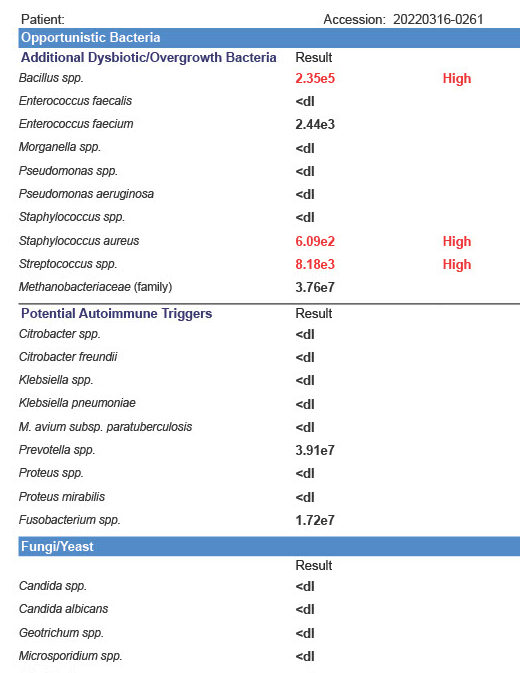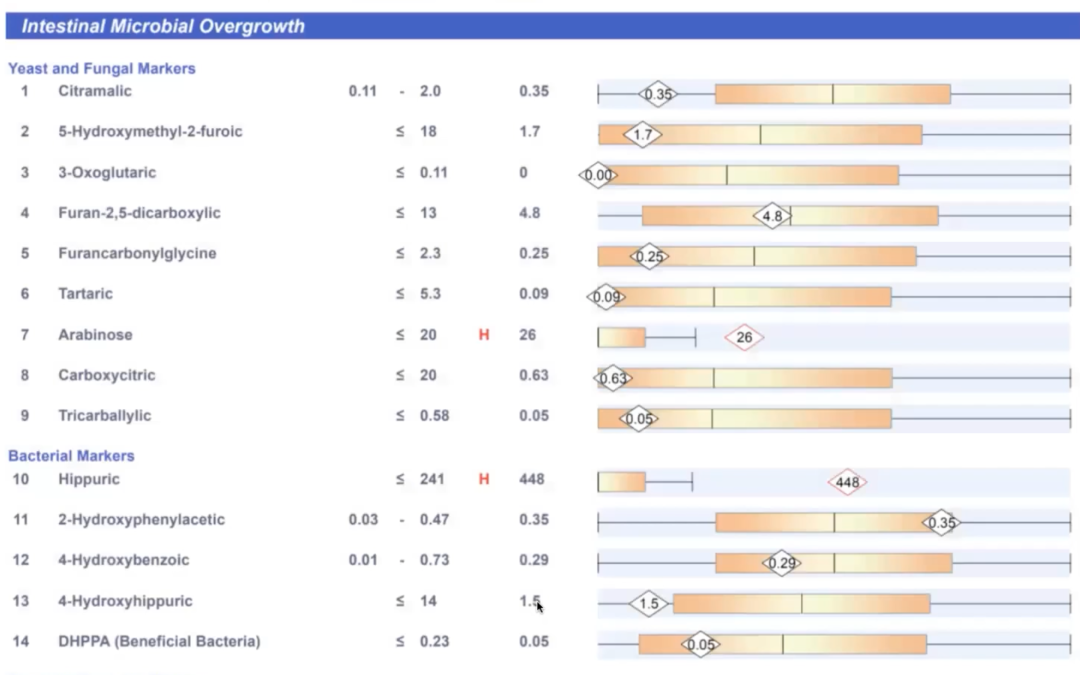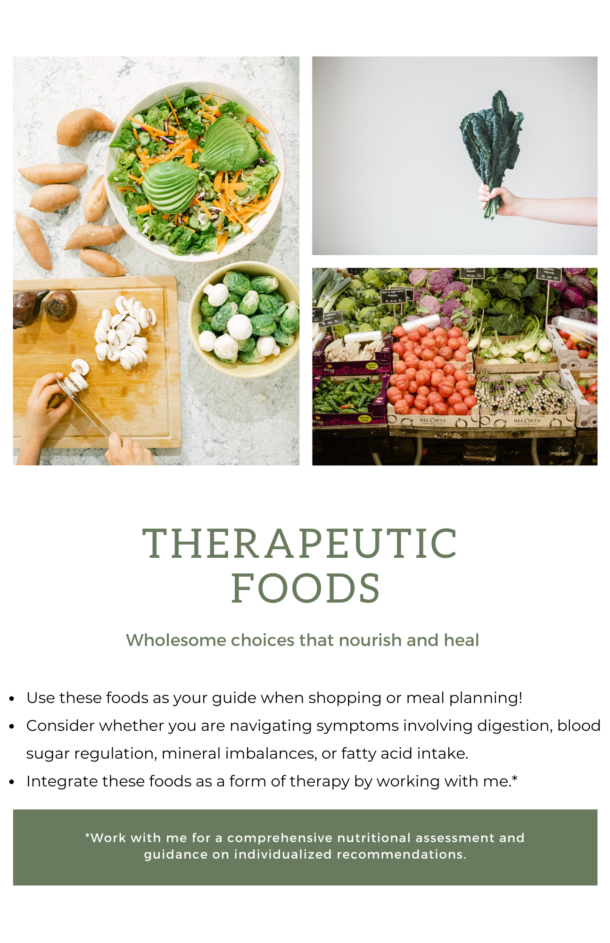A Tool for Assessing Toxins
What are organic acids?
Organic acids are chemical compounds excreted through the urine of mammals that are products of metabolism. These compounds can be 100x the concentration compared to a blood test. Looking into organic acid and metabolic activity can give us crucial insight into symptoms and toxins.
What is the Organic Acids Test (OAT)?
The OAT is a compilation of 76 markers indicating cellular metabolic imbalances which can be linked to various disease states. Some sections of the OAT include yeast & fungal markers, bacterial markers, oxalate markers, neurotransmitter metabolites, nutritional markers, and indicators of detoxification.

Who is this test for?
This test is for anyone struggling with chronic health problems. The OAT is helpful in looking at the root cause when it comes to conditions like autism spectrum disorder, ADD/ADHD, autoimmune issues, chronic fatigue, digestive problems, mental health disorders, neurological conditions, and other metabolic disorders. Symptoms like yeast & bacterial overgrowth, allergies, insomnia, fatigue, headaches, cardiovascular disease, hypoglycemia, PMS, depression, and irritable bowel are related to chronic stress. The OAT opens up options for managing this stress. This example of a GI Map (right) shows a client with bacterial imbalances. We look at this as one piece of the puzzle to one’s overall health. Functional testing allows us to better understand a string of random symptoms, see the bigger picture, and make moves in the direction of healing.
What are we looking at on the OAT?
Look to the OAT for assessing toxin load, especially mold and mycotoxins. We can see deeper into metabolic imbalances [what’s working and what’s not within the cells] and gain understanding on an individual’s symptoms and outlook on life. Read more about the OAT by Mosaic Diagnostics, formerly Great Plains Laboratory.
Overload of Toxins
This test is invaluable. With this knowledge we can truly change lives; we can go from suffering from compiling health problems to living free and clear of toxins within a relatively short time frame. In this discussion, we are merely scratching the surface on the topic of mold, mycotoxins, histamine, and how the OAT fits into one’s healing journey. For many people, health problems arise over a lifetime of exposure to chemicals, pollutants, and biotoxins like mold. To get to the root causes and begin healing we must start with small steps. The work I do with clients can help set them up for success down the line. No matter the diagnosis, it all starts with the foundations of health.
Mold + Mycotoxins
Mycotoxins are tiny substances that come from mold spores and have deleterious effects including carcinogenic, neurotoxic, dermatoxic, nephrotoxic, immunotoxic, and hepatotoxic. This means they can cause cancer, liver and kidney pathologies, skin issues, compromised immunity, and brain function disorders among many others. Mycotoxins are estrogenic, meaning they mimic estrogen in the body, leading to increased PMS symptoms. Mold causes leaky gut, increasing our sensitivity to food, chemicals, and the environment.
Mold tends to suppress the immune system and make the host susceptible to other pathogens. These stealth pathogens are exactly what we see on the GI Map – H.pylori, bacterial overgrowth, Candida, and parasites. Other trouble makers that come into the mix when mold is present include Lyme and co-infections like Bartonella and Babesia.
The EPA estimates that 50% of residential buildings and 85% of commercial buildings in the US have water damage. While depression, Alzheimer’s, Parkinson’s, infertility, and many other health issues run rampant in our population. Could mold toxins be behind it?

Mold + Histamine
Symptoms like allergies, itchy skin, rashes & dermatitis, fatigue, migraines, brain fog, malaise, bloating, anxiety, flushing, and food sensitivities in combination may indicate a difficulty clearing histamine from the body.
You may suspect a sensitivity or intolerance to high histamine foods such as tomatoes, eggplant, sauerkraut, spinach, avocado, pineapple, strawberries, walnuts, cashews, aged cheese, cured meat, or leftovers.
The root of these chronic symptoms could be an imbalanced gut microbiome, nutrient deficiencies, or mold toxicity. Read more about histamine, mold, and Mast Cell Activation Syndrome here.
Putting it Together
If you or someone you know is struggling or has struggled with toxins or symptoms like these, know you are not alone. Working with a practitioner may be the best investment to your health, also saving you time and stress trying to go it alone. Lean on the resources I’ve linked and the experts who have devoted their careers to mold illness. Take a quick mold questionnaire from Dr. Jill Crista here.
Finally, book a call to chat with me about how the OAT and other testing I offer may provide the missing piece to the puzzle in your health.

In health,
Chloe Jane


